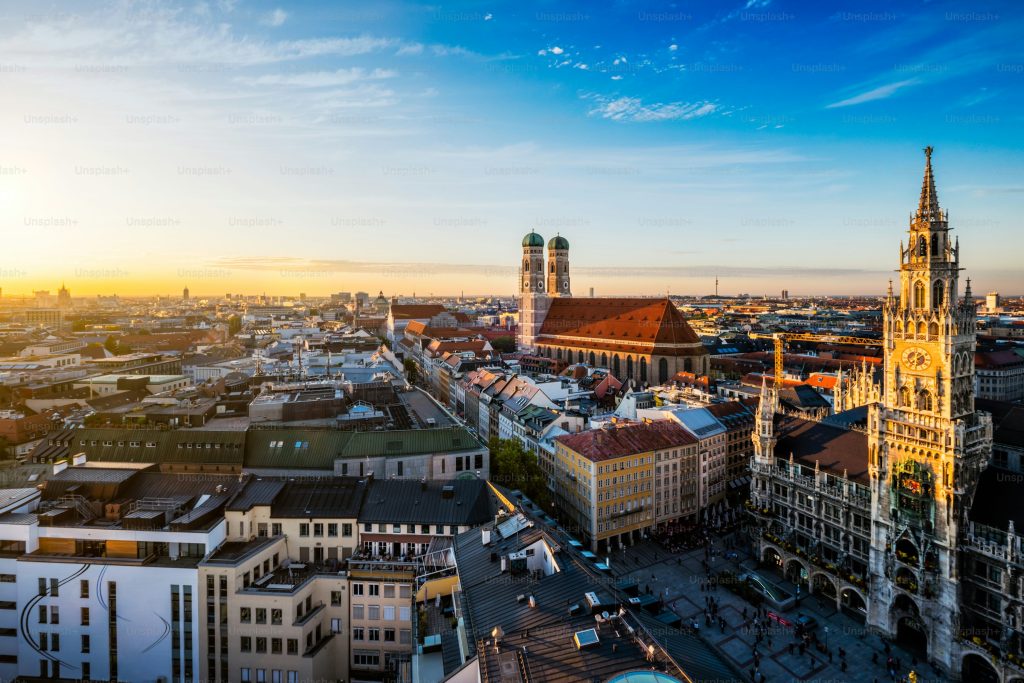
Vienna, the Imperial City of Music, Art, and Coffeehouses, is a place where history meets modern creativity. From the grandeur of its Habsburg palaces to the underground art scenes in converted bunkers, Vienna is a city that constantly reinvents itself. Whether you’re a lover of classical music, stunning architecture, rich cuisine, or secret corners filled with history, Vienna has something for everyone. This guide takes you beyond the tourist hotspots and into the soul of Austria’s capital—its culture, food, and hidden gems.
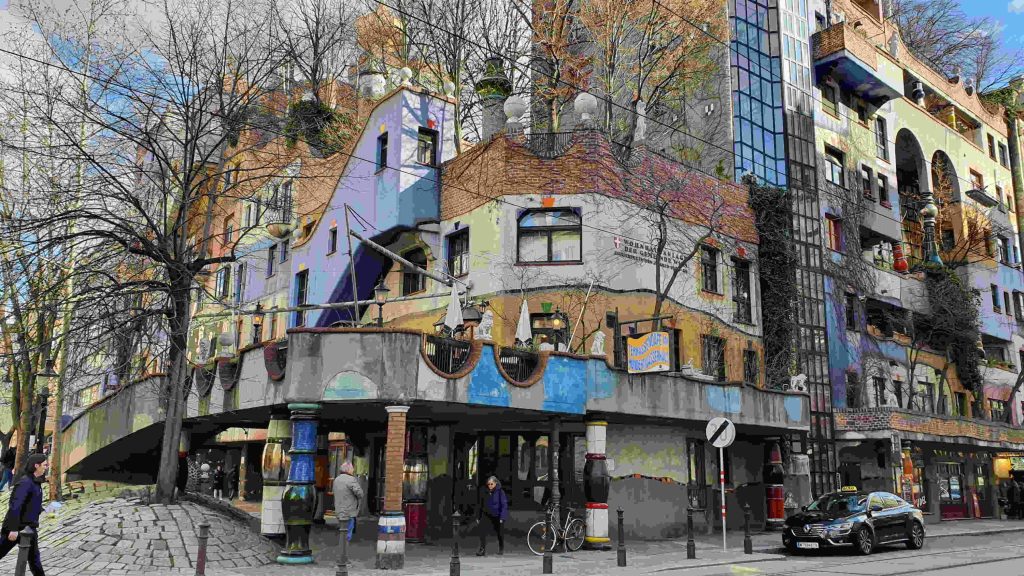
Viennese Culture: A City of History & Innovation
A Living Museum of Architecture
Walking through Vienna is like flipping through an architectural history book. The city is a blend of Baroque, Art Nouveau, Gothic, and contemporary structures, each telling a story of different eras.
Schönbrunn Palace – The former summer residence of the Habsburgs, this palace is a stunning masterpiece of Baroque architecture, complete with immaculate gardens, opulent halls, and the oldest zoo in the world.
Hofburg Palace – Once the seat of the Habsburg Empire, it now houses the Austrian National Library, the Sisi Museum, and the Spanish Riding School, where you can watch world-famous Lipizzaner horses perform classical dressage.
Hundertwasserhaus – A whimsical, colorful apartment complex designed by artist Friedensreich Hundertwasser, breaking all traditional architectural norms with its wavy lines, uneven floors, and greenery-covered facades.
Secession Building – An Art Nouveau gem, this building is a must-visit for fans of Vienna’s art movements and Klimt’s famous Beethoven Frieze.
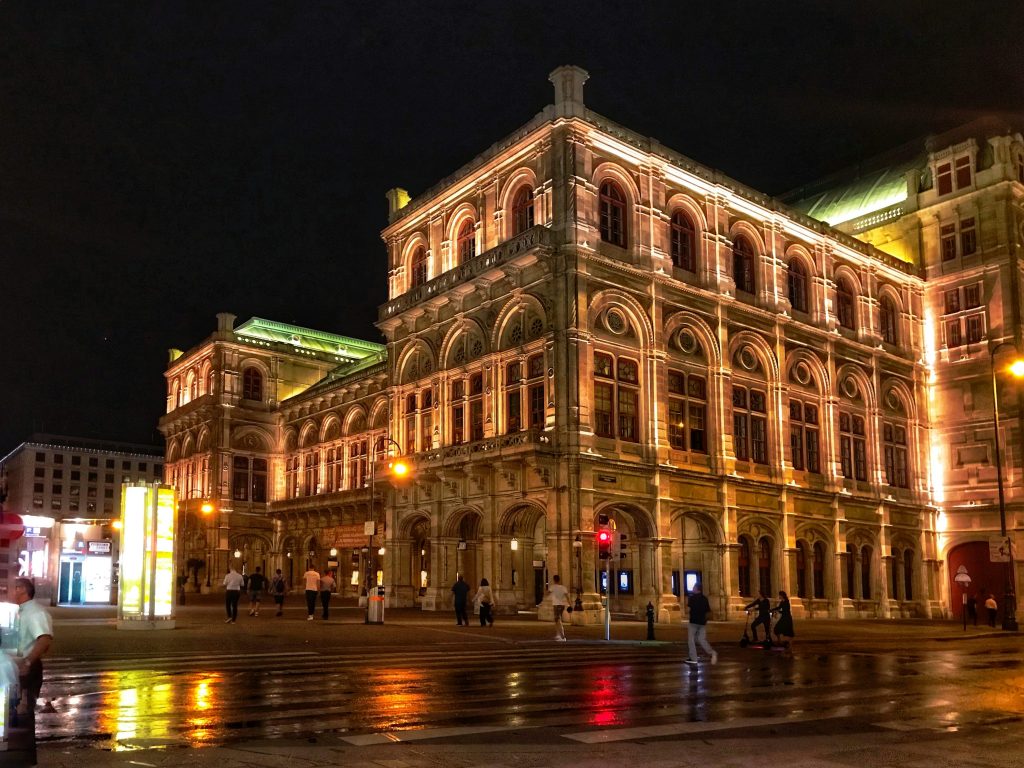
The Heart of Classical Music
Vienna is synonymous with Mozart, Beethoven, and Strauss, and its streets echo with the legacy of these great composers.
Vienna State Opera – One of the most prestigious opera houses in the world, hosting world-class performances almost every night.
Musikverein – The home of the Vienna Philharmonic Orchestra, where you can experience classical music in one of the most acoustically perfect concert halls in the world.
Mozarthaus – The actual residence of Wolfgang Amadeus Mozart, now a museum where you can explore his life and musical genius.
Strauss Monument in Stadtpark – A tribute to the Waltz King, Johann Strauss II, a must-visit for lovers of Vienna’s musical heritage.
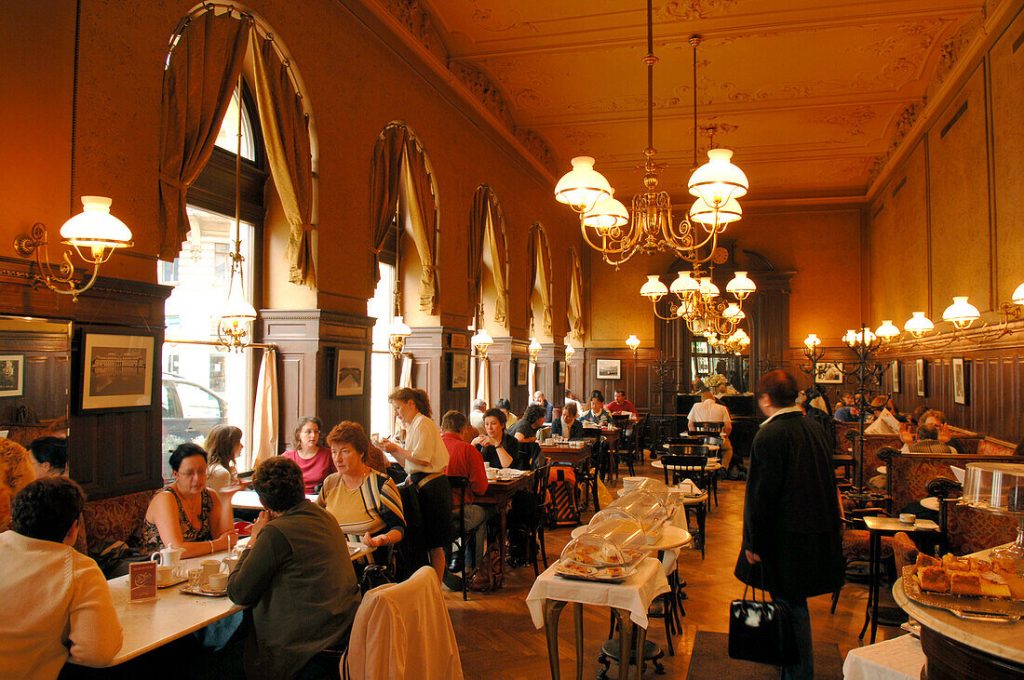
Coffeehouses: Vienna’s Living Rooms
Viennese coffeehouses are more than places to get caffeine—they are cultural institutions.
Café Central – Once frequented by Sigmund Freud, Leon Trotsky, and Stefan Zweig, this café is as rich in history as it is in delicious pastries.
Café Sperl – A perfect place to experience the old-world charm of Vienna with its billiard tables and traditional wooden furniture.
Café Hawelka – A legendary spot that was once a gathering place for writers and intellectuals.
Café Demel – Famous for its Sachertorte and elegant Viennese atmosphere, this historic café has been serving royalty and artists for over 200 years.
A Culinary Journey Through Vienna
Viennese cuisine is a delicious mix of imperial traditions, Central European influences, and local specialties. Here are some of the must-try dishes and where to eat them:
Must-Try Dishes
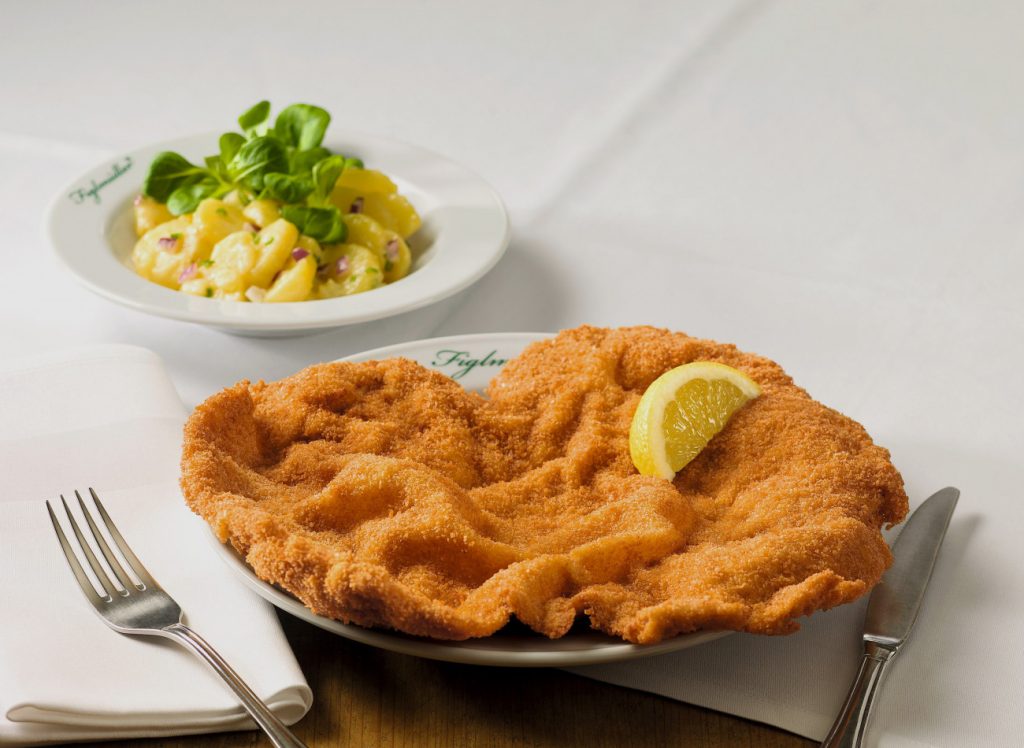
1. Wiener Schnitzel
The quintessential Austrian dish, Wiener Schnitzel is a thin veal cutlet, breaded and fried to golden perfection. Where to try:
Figlmüller – The undisputed king of schnitzel in Vienna, serving massive, plate-sized schnitzels since 1905.
Gasthaus Pöschl – A cozy tavern known for its perfectly crispy schnitzels.
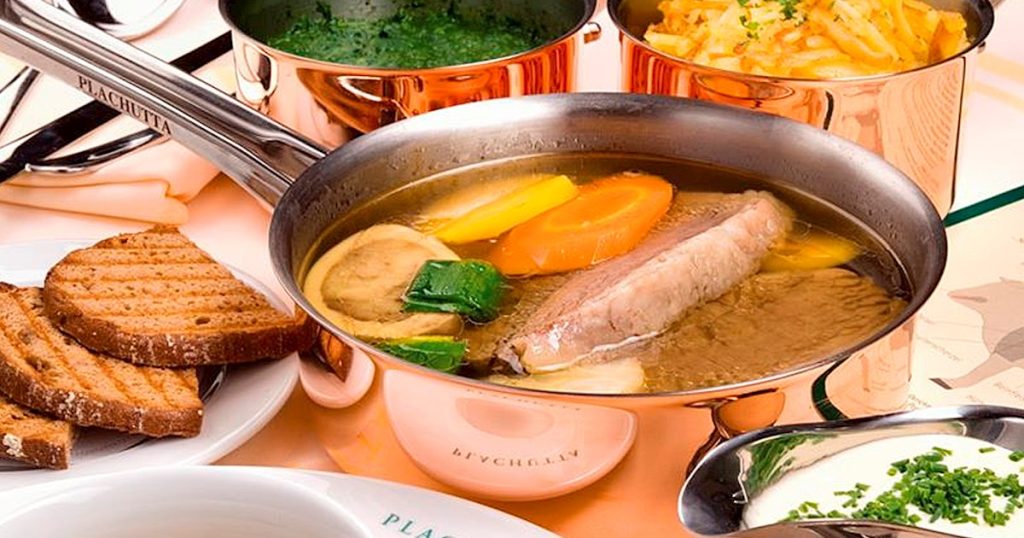
2. Tafelspitz
A favorite of Emperor Franz Joseph, this dish consists of boiled beef served with horseradish, applesauce, and chive sauce. Where to try:
Plachutta – The ultimate destination for Tafelspitz, served with traditional sides.
Gasthaus Wolf – A local favorite for hearty, well-prepared Austrian cuisine.
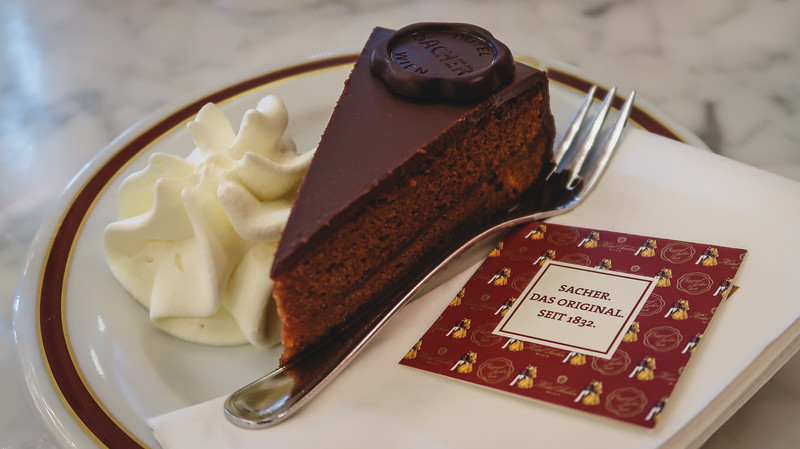
3. Sachertorte
Vienna’s most famous chocolate cake, Sachertorte is a rich, dense chocolate cake with a layer of apricot jam, covered in dark chocolate glaze. Where to try:
Hotel Sacher – The birthplace of the original Sachertorte, still made with a secret recipe.
Café Demel – Another legendary contender for the best Sachertorte in town.
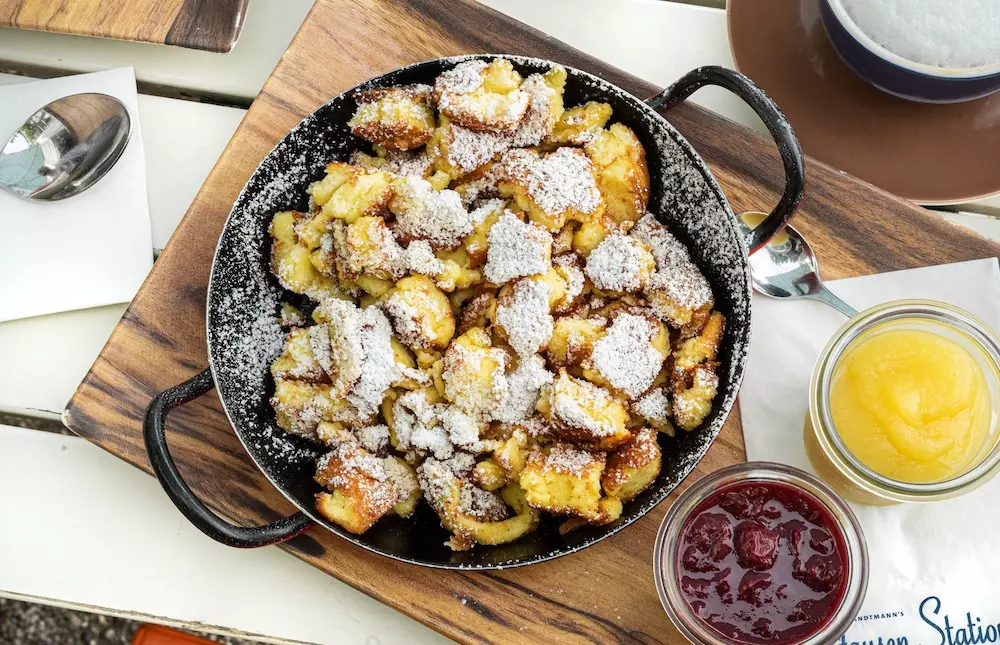
4. Kaiserschmarrn
A fluffy, shredded pancake caramelized with butter and served with plum or apple compote. Where to try:
Meissl & Schadn – Specializing in Viennese comfort food, including a legendary Kaiserschmarrn.
Palmenhaus – A stylish glasshouse café serving Kaiserschmarrn with stunning park views.
Hidden Gems of Vienna

1. The Third Man Museum
A small but fascinating museum dedicated to the classic 1949 film The Third Man, showcasing original props, scripts, rare film memorabilia, and behind-the-scenes stories. It’s a must-visit for film buffs and history lovers, offering guided tours that dive deep into Vienna’s post-war past. Don’t miss the authentic zither music performances that bring the iconic soundtrack to life.
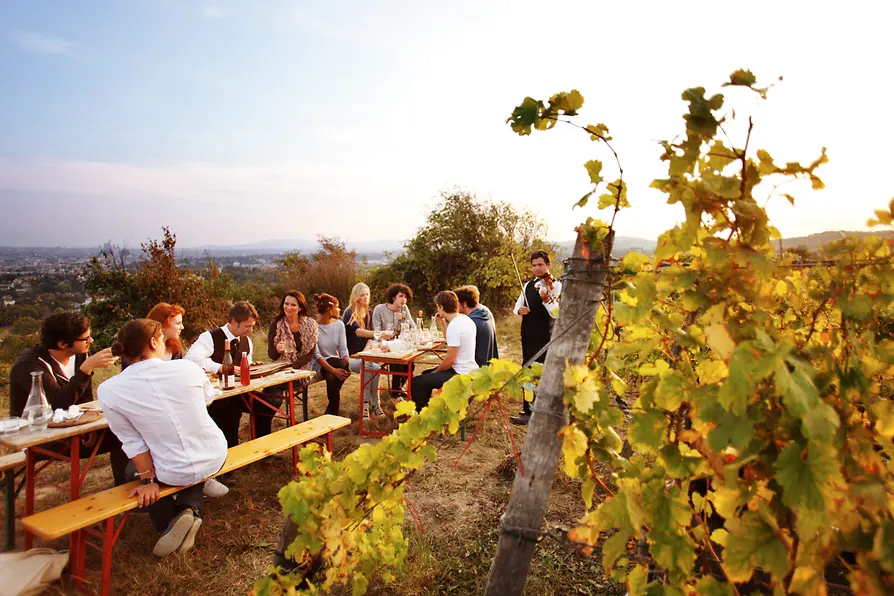
2. The Oldest Wine Tavern in Vienna: Sirbu
Vienna is the only capital city in the world with significant vineyards, and Sirbu, located in the Grinzing district, is one of the most charming and historic wine taverns in the city. This family-run tavern offers breathtaking vineyard views, homemade wines, and a cozy, rustic atmosphere. Pair a glass of their local Grüner Veltliner or Gemischter Satz with traditional Austrian dishes like Brettljause—a platter of cold cuts, cheese, and pickled vegetables.
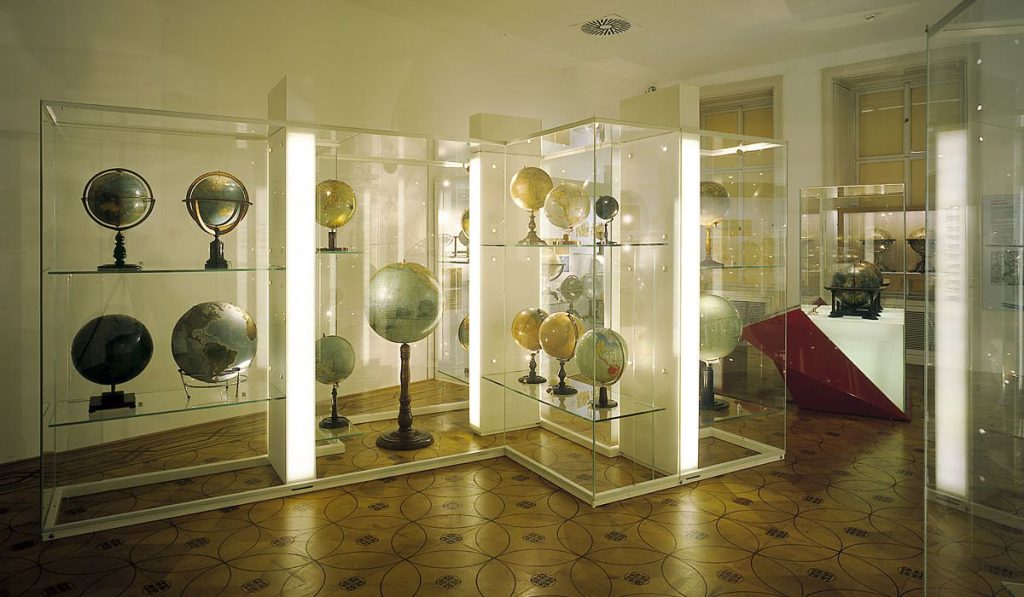
3. The Globe Museum
The only museum in the world entirely dedicated to globes, the Globe Museum features a breathtaking collection of terrestrial and celestial globes dating back to the Renaissance. Learn how cartography evolved, explore antique hand-drawn maps, and see intricate celestial globes once used for astronomical navigation. Hidden away in the Austrian National Library, this spot is a treasure trove for geography enthusiasts and history lovers.
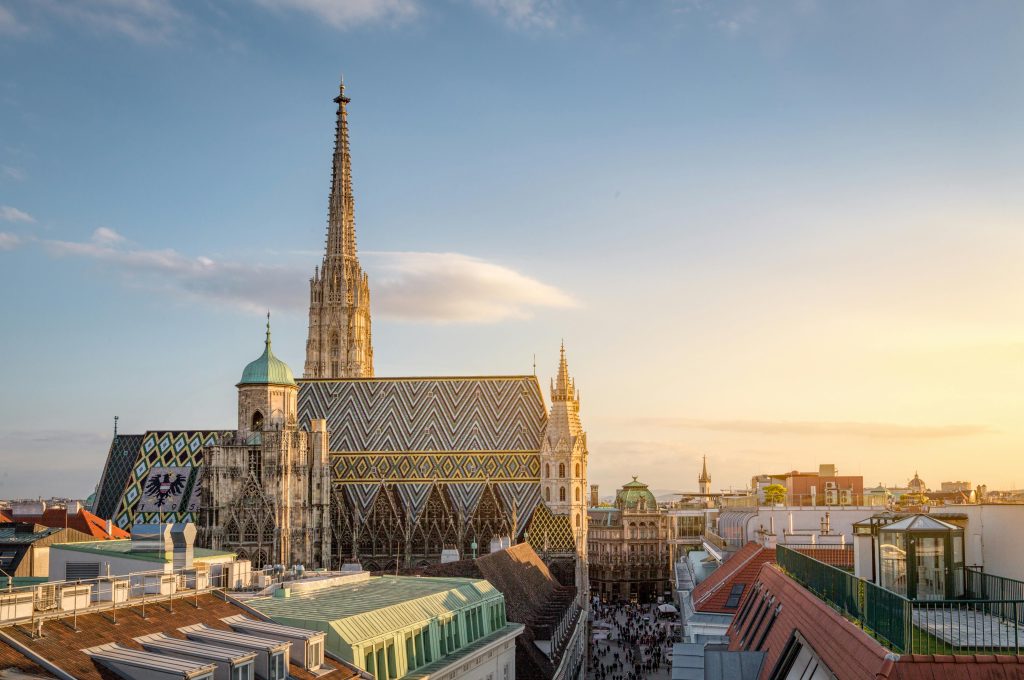
4. The Secret Rooftop of St. Stephen’s Cathedral
Most people visit the main tower of St. Stephen’s Cathedral, but fewer know about the hidden rooftop tour, which offers spectacular, crowd-free panoramic views of Vienna’s skyline. The lesser-known north tower provides a quieter and equally breathtaking experience, complete with a close-up look at the cathedral’s iconic tiled roof. If you’re lucky, you may even witness the ringing of the historic Pummerin bell.
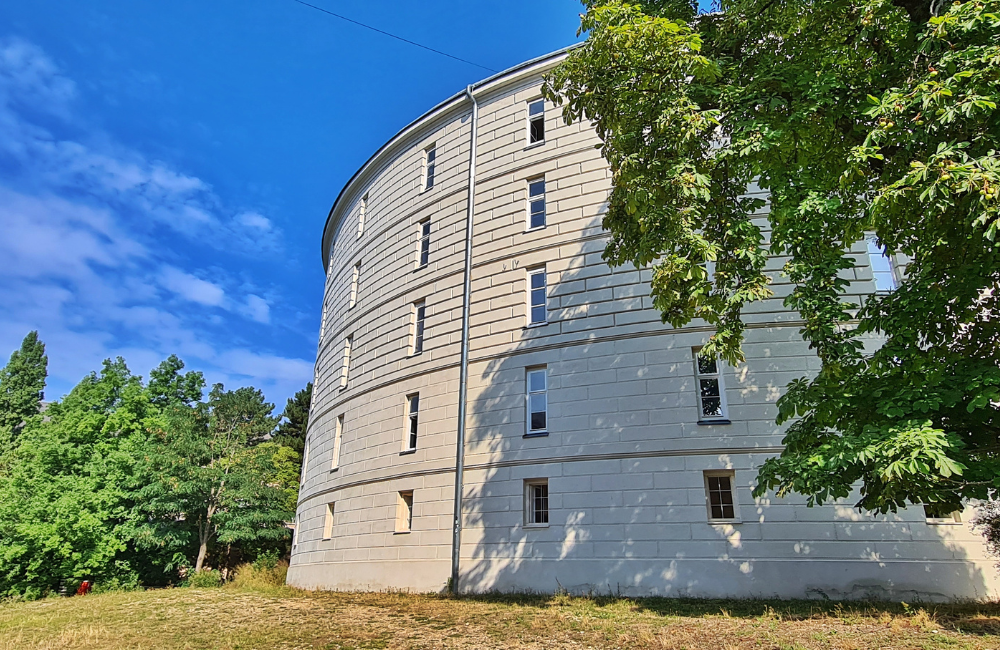
5. The Narrenturm – The Fool’s Tower
This creepy yet fascinating museum was once Europe’s first psychiatric hospital, built in 1784 by Emperor Joseph II. Today, it houses an extensive collection of medical oddities, anatomical specimens, and historic surgical instruments. Walk through eerie corridors filled with wax models of rare diseases, 19th-century prosthetics, and preserved human organs. A visit here is not for the faint of heart, but it’s an incredible deep dive into medical history and early psychiatry.
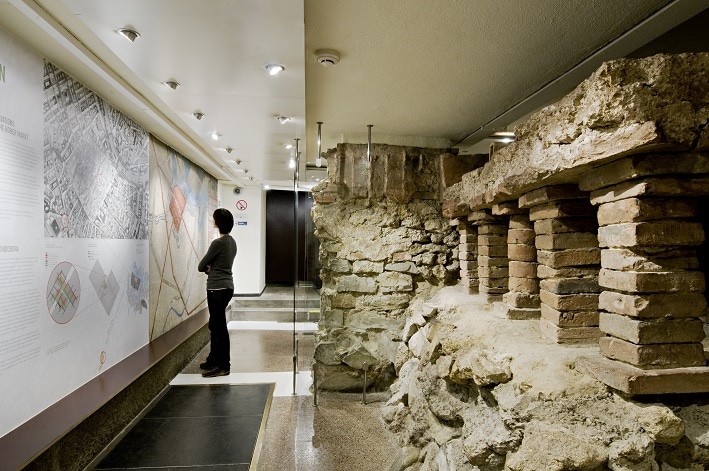
6. The Hidden Roman Ruins Beneath Vienna
Vienna’s past as a Roman settlement—Vindobona—is often overlooked, but history buffs can explore well-preserved Roman ruins hidden beneath Michaelerplatz. These ancient ruins include foundations of Roman military encampments, bathhouses, and roads. Take a guided tour for an in-depth look at the city’s Roman roots.
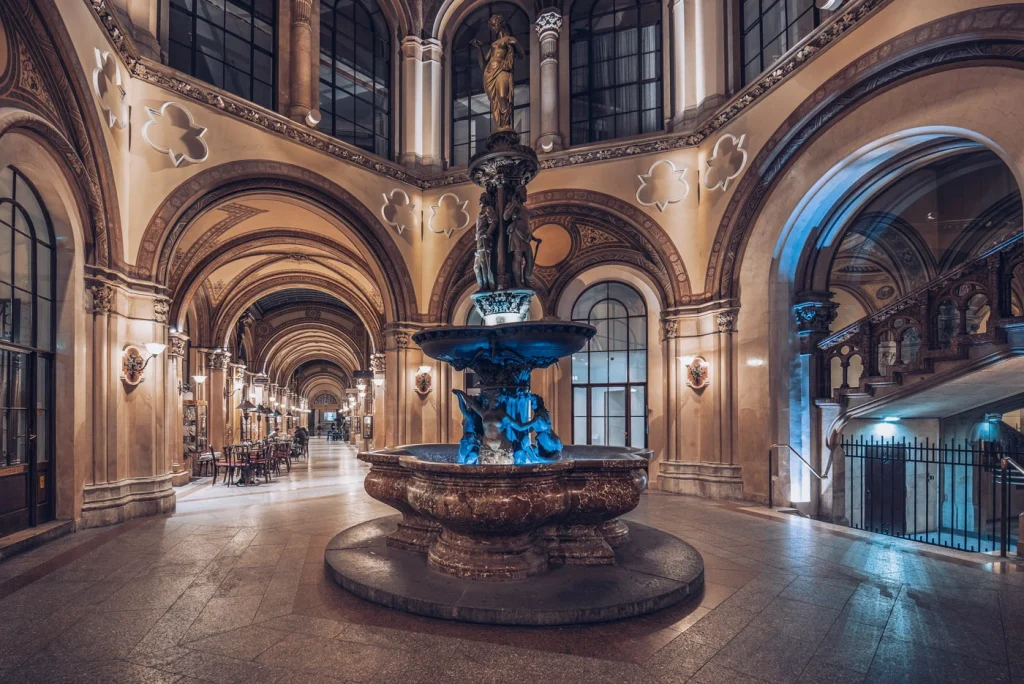
7. The Secret Tunnels of the Freyung Passage
Beneath the historic Freyung Passage lies a network of forgotten medieval tunnels that once served as escape routes for nobility. Although some areas remain inaccessible, parts of these ancient passageways can still be explored on special underground tours. Hidden behind bookshops and wine cellars, these tunnels offer an intriguing glimpse into Vienna’s secret past.
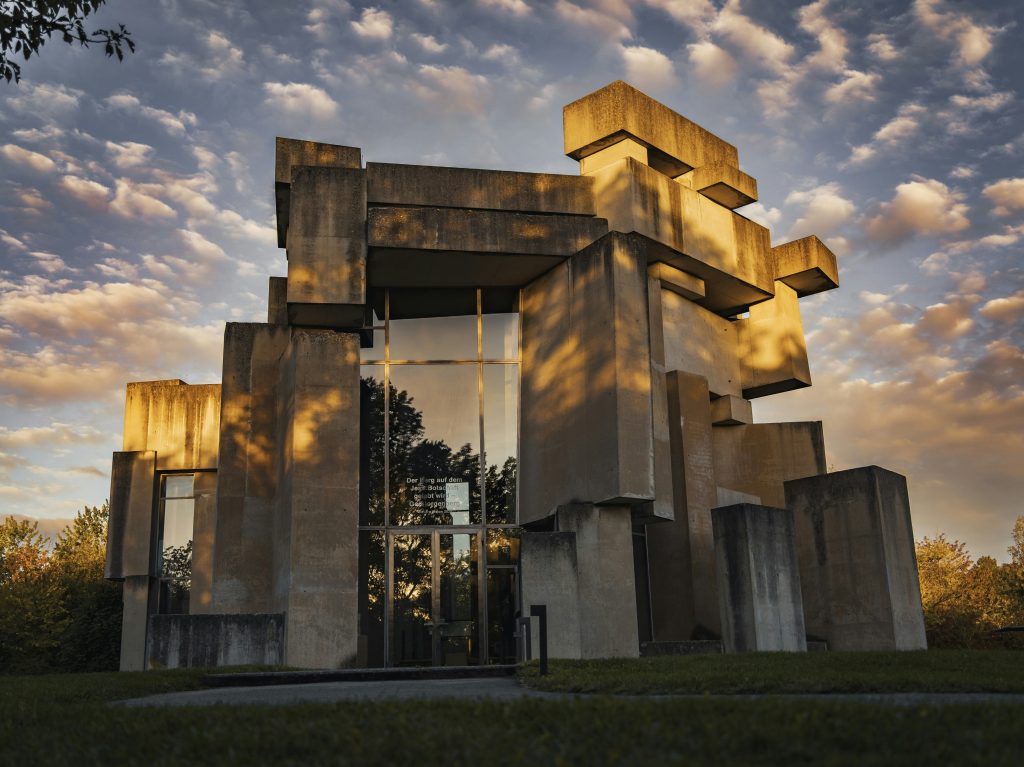
8. The Wotruba Church – Vienna’s Brutalist Masterpiece
Vienna is famous for its Baroque and Art Nouveau architecture, but tucked away in the hills of Mauer, you’ll find the Wotruba Church, a stunning Brutalist structure made of 152 massive concrete blocks stacked in a seemingly random order. Designed by sculptor Fritz Wotruba, this modernist marvel feels like a sculpture turned into a church, offering a stark contrast to Vienna’s imperial palaces.

9. The Sigmund Freud Park & Couch Tour
Vienna is the birthplace of psychoanalysis, and while most tourists visit the Sigmund Freud Museum, a lesser-known experience is the Couch Tour, which takes visitors to hidden sites related to Freud’s life and work. End the tour at Sigmund Freud Park, a serene green space near the University of Vienna where students and locals relax with books and coffee.
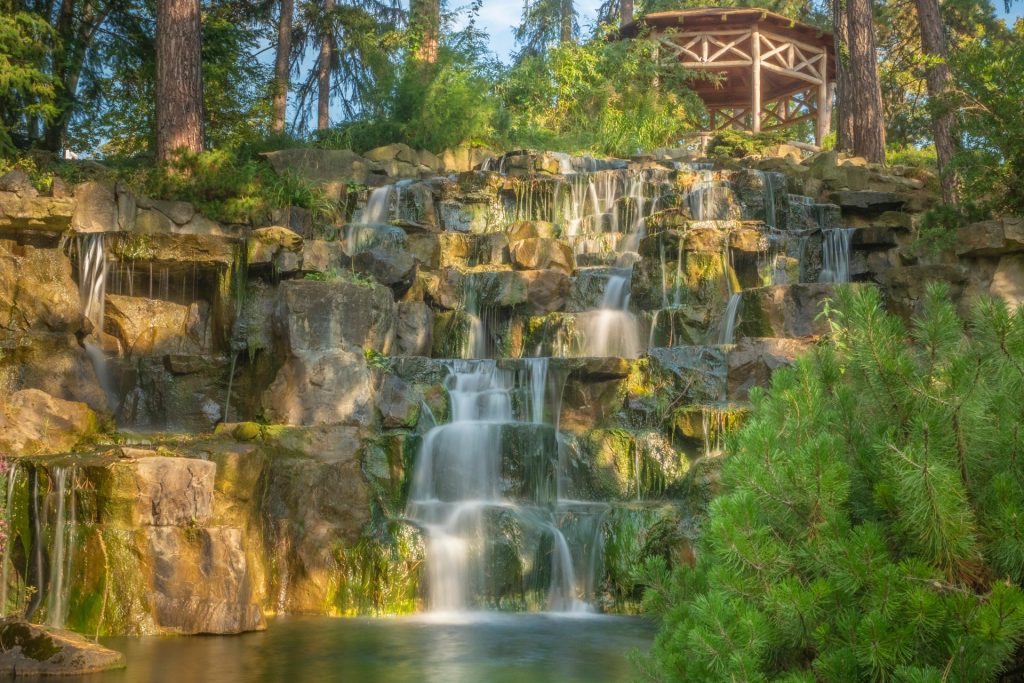
10. The Best-Kept Secret: Türkenschanzpark
While most visitors head to Stadtpark or Schönbrunn Gardens, locals in the know escape to Türkenschanzpark, a lush, sprawling park filled with hidden waterfalls, historic monuments, and quiet picnic spots. Located in the 19th district, it’s the perfect place for a tranquil afternoon away from the tourist crowds.
Final Thoughts
Vienna is a city where imperial grandeur meets contemporary creativity. Whether you’re indulging in world-class cuisine, exploring historic landmarks, or uncovering hidden gems, Vienna never ceases to surprise. It’s a city best explored at your own pace, allowing time to sit in coffeehouses, listen to a street musician play Mozart, and get lost in beautifully preserved streets. If you love history, music, art, and food, Vienna belongs on your travel list. So, pack your bags and get ready to experience the best of Austria’s capital!
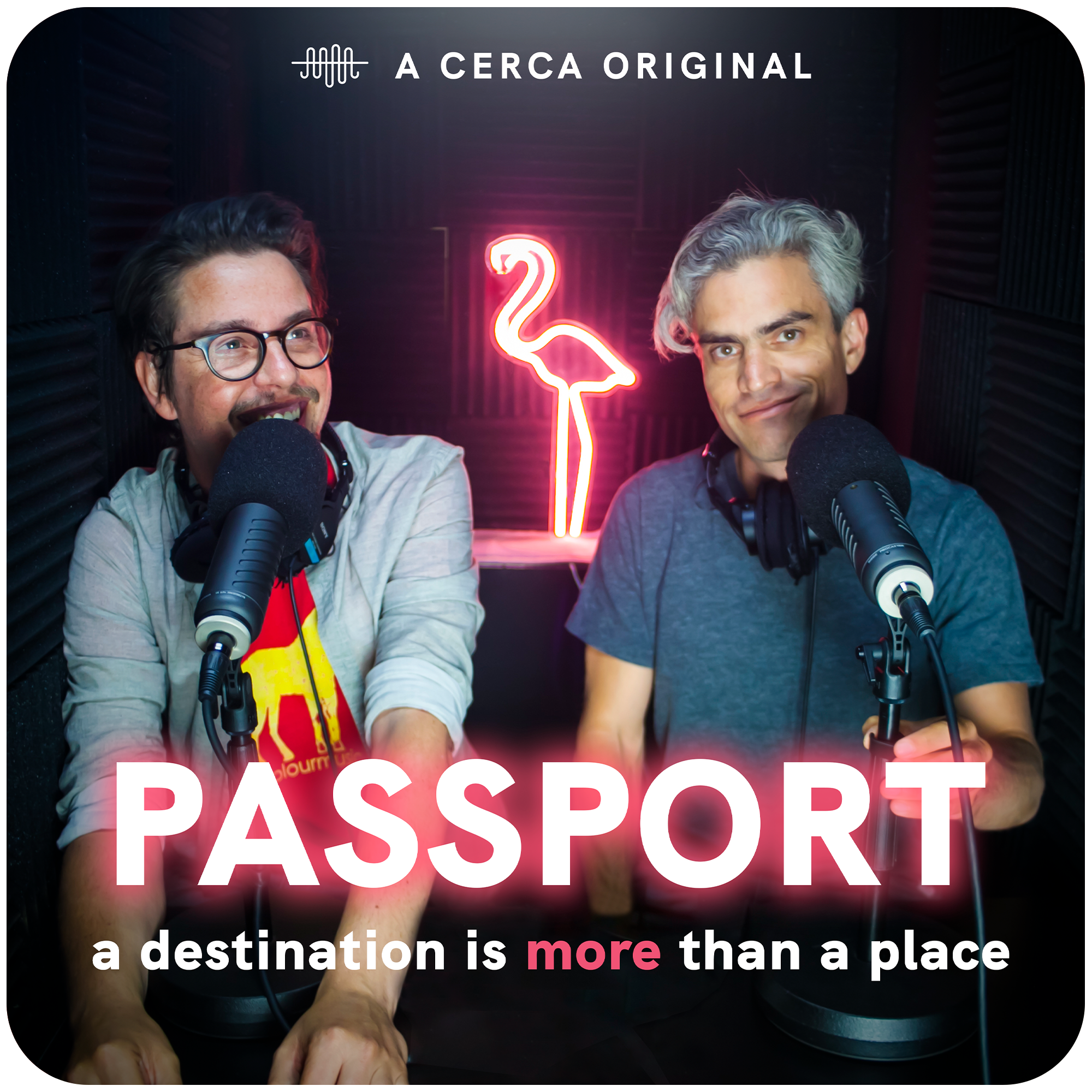
Listen: Passport: Vienna – Timothy Leary’s Long Strange Trip – Vienna is a city known for its Old World baroque charm, famous cafés, and waltzes. It consistently ranks as one of the best places to live globally. Vienna is the city of Mozart, Freud, Klimt, and Strauss. However, this story is less Blue Danube and more Orange Sunshine.
In this episode, Andrés and guest producer Aisha Prigann take us back to the 1970s with a story involving mind-expansion, revolutionary politics, and the dangers of idol worship. This psychedelic diplomatic mission includes the Chancellor of Austria and Timothy Leary, the high priest of LSD, who was on the run from the law. How did this strange meeting come to pass, and how did it contribute to Vienna’s transformation into the city we know today?